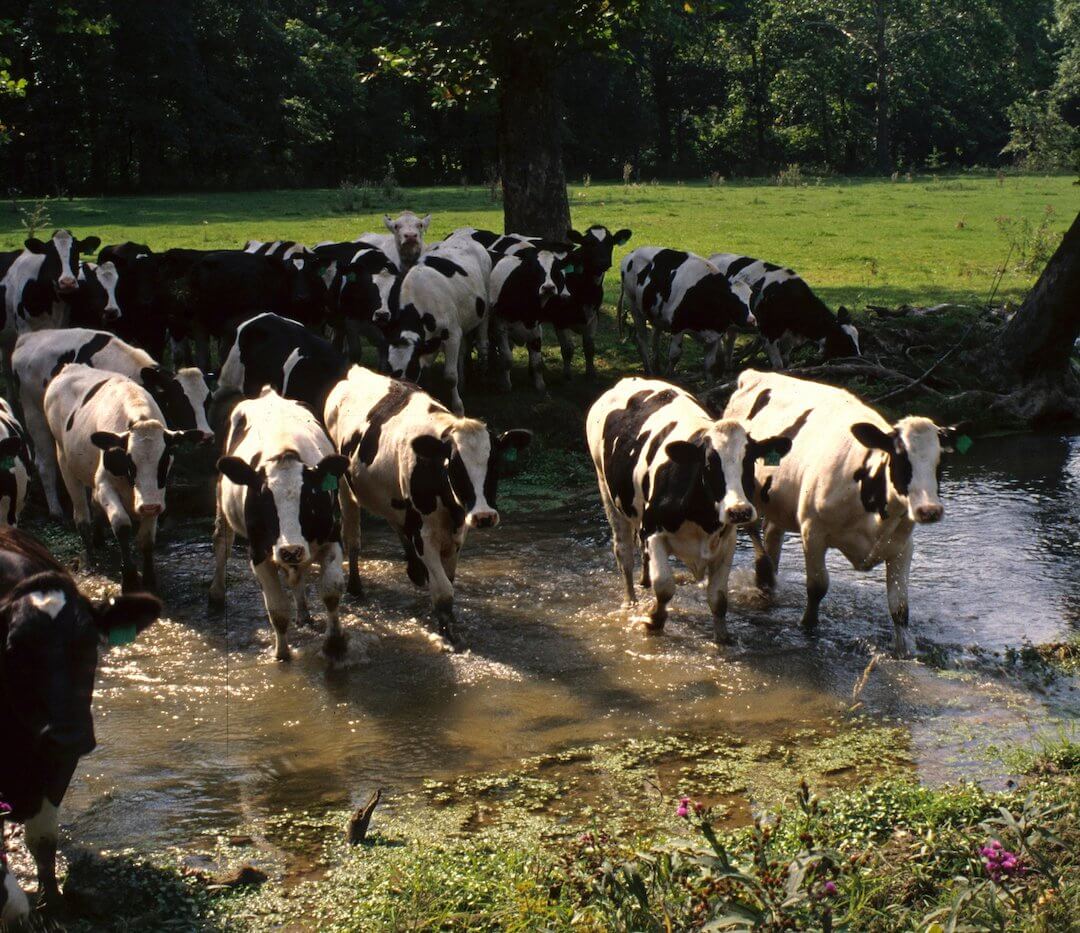A reader responds to a guest essay published in the January 2024 edition of Clarke Monthly
In the article “Let’s pay farmers for outcomes that restore Va. Rivers, streams and the Chesapeake Bay,” Joe Wood states, “Payment to farmers would be linked to how much pollution a project reduces in a nearby waterway.” Pollution is nitrogen, phosphorus, and sediment in stormwater
and wastewater.
To pay farmers based on pollution reduction poses some insurmountable problems. To measure pollution load reduction, the most important measurements are storm loads. Ninety percent of the phosphorus and sediment are transported during storms (the high 10 percent of stream flow) as total phosphorus and sediment in weight per volume. Nitrogen during the same period is about 70 percent of the annual load.
To measure a storm load requires flow measurements and concentration values during the rising limb and falling limb of a storm. The concentration values must be total
concentrations from width and depth integrated samples. There are no monitoring devices that can measure total concentrations, thus each sample must be collected and analyzed separately. The collection and analysis are expensive and
time consuming.
To document reduction, at least a year of sampling is required. Concentrations are generally directly flow related and the relation between flow and concentrations changes for many reasons: recent rain. rain fall intensity , etc.
Measurements must be good enough to discern the upstream load from the downstream load. Then to show changes (pollution reduction) a year before and a year after loads will be needed. The cost of these measurements will exceed the cost of most conservation practices. Also, there is a significant challenge in having the resolution of the measurements be adequate for the above comparison.
Improvement cannot be based only on total annual loads because the annual load is flow dependent.
Another issue is the size of the farm to the size of the river. It is a significant challenge to discern the load change over 2000 feet of stream for streams with a drainage areas of 10 square miles or more. Then trying to measure the pollution reduction resulting from a new conservation practice draining to that reach presents a
major challenge.
To understand the relation between load and flow study the relation of total nitrogen, phosphorus and sediment to stream flow at 3 USGS gaging stations in the Shenandoah Valley in ten year time steps.
- Sf Shenandoah river at Front royal 01631000
- Nf Shenandoah river nr Strasburg 01634000
- Smith Creek nr Newmarket 01632900
— Wayne Webb, Berryville, Va
Joe Wood replies
Joe Wood acknowledges that monitoring for stormflow nutrients is a big challenge but it is not impossible to do this, particularly at gauged sites. He said they envision that type of monitoring to be only one of many ways to show measure assurance and suggest there are several other measured outcomes that indicate performance – and proponents of Pay for Outcomes envision a program that includes all of these. For instance bioreactors can show clear measures of nutrient removal. Soil nutrient concentrations could also be a targeted outcome.










